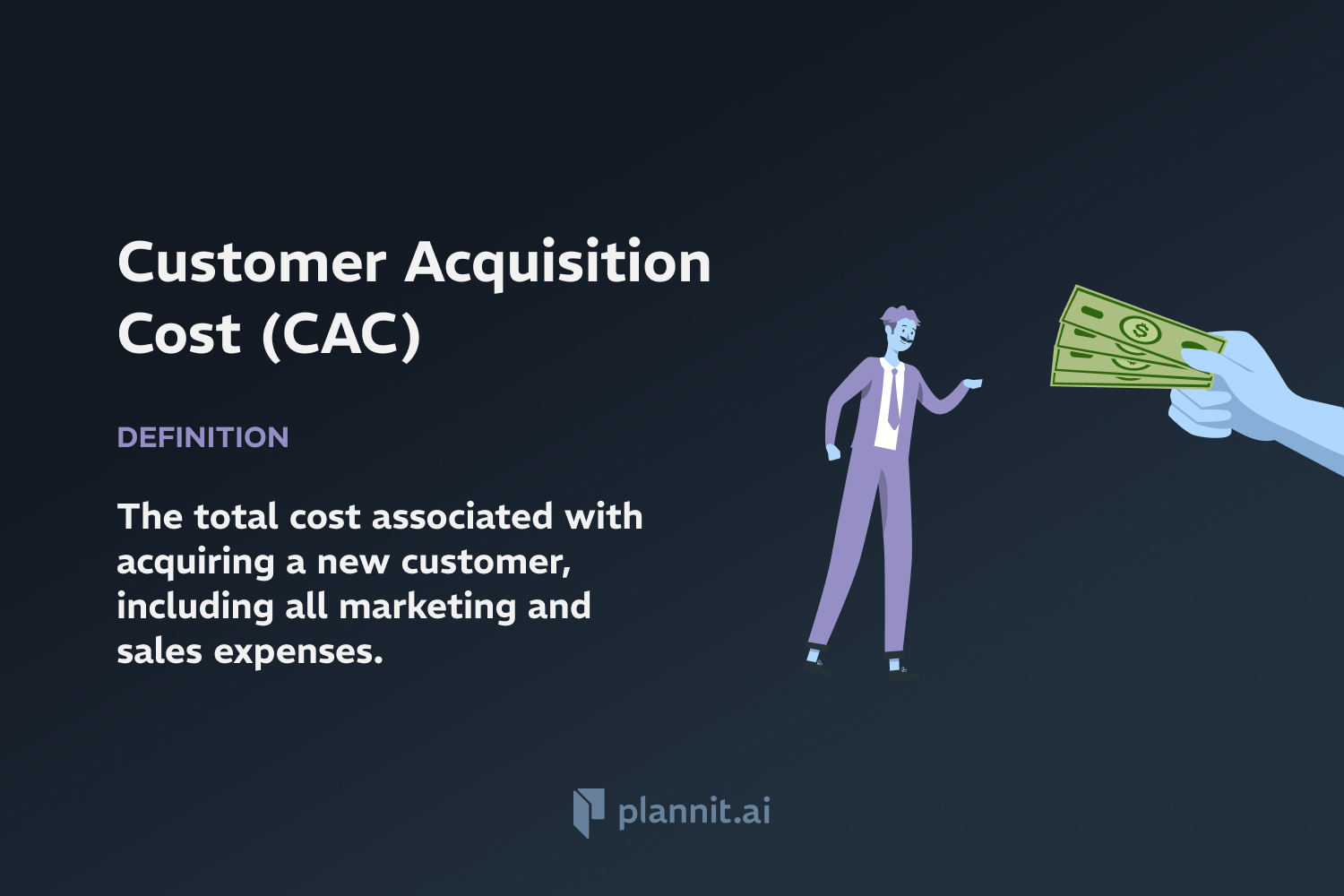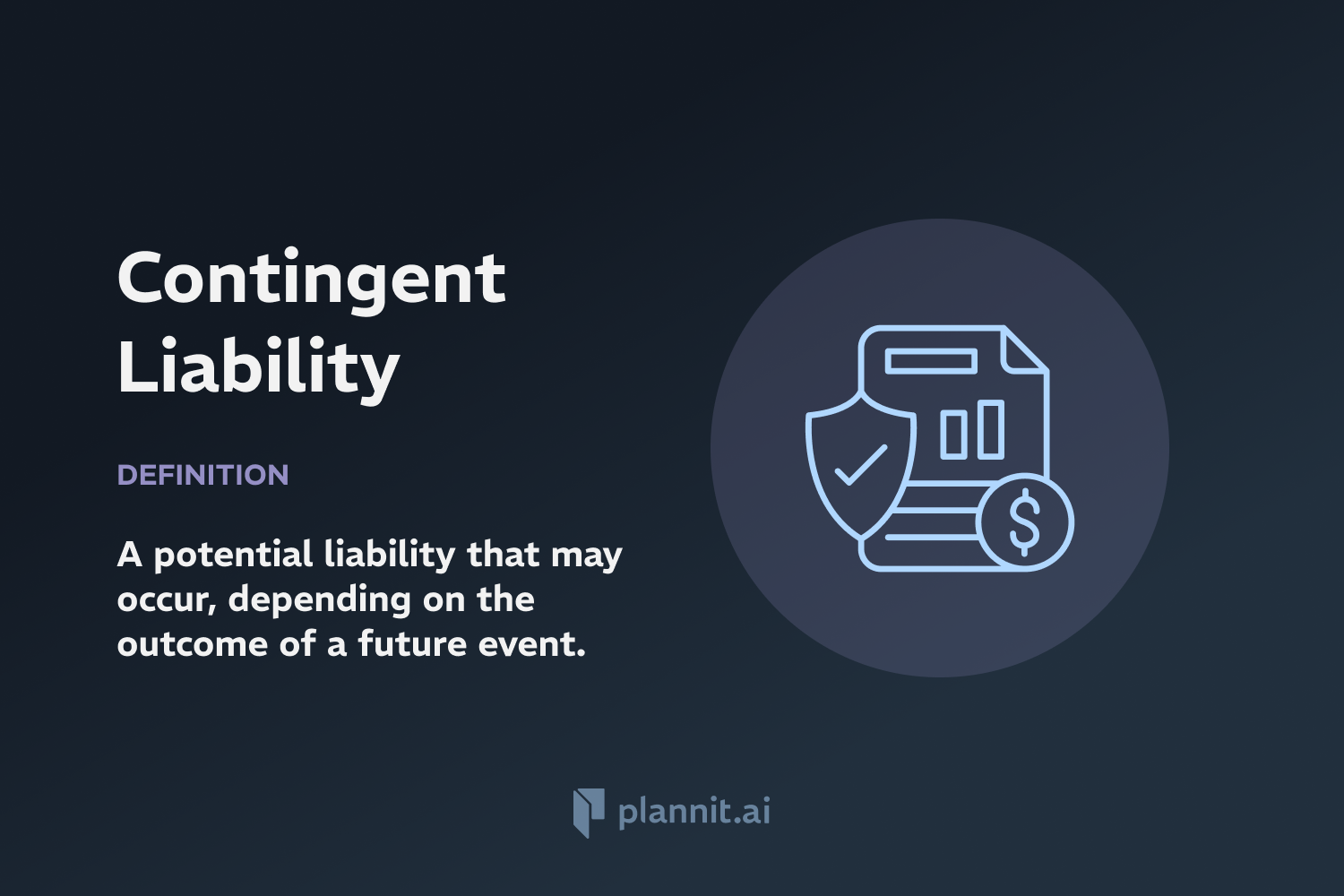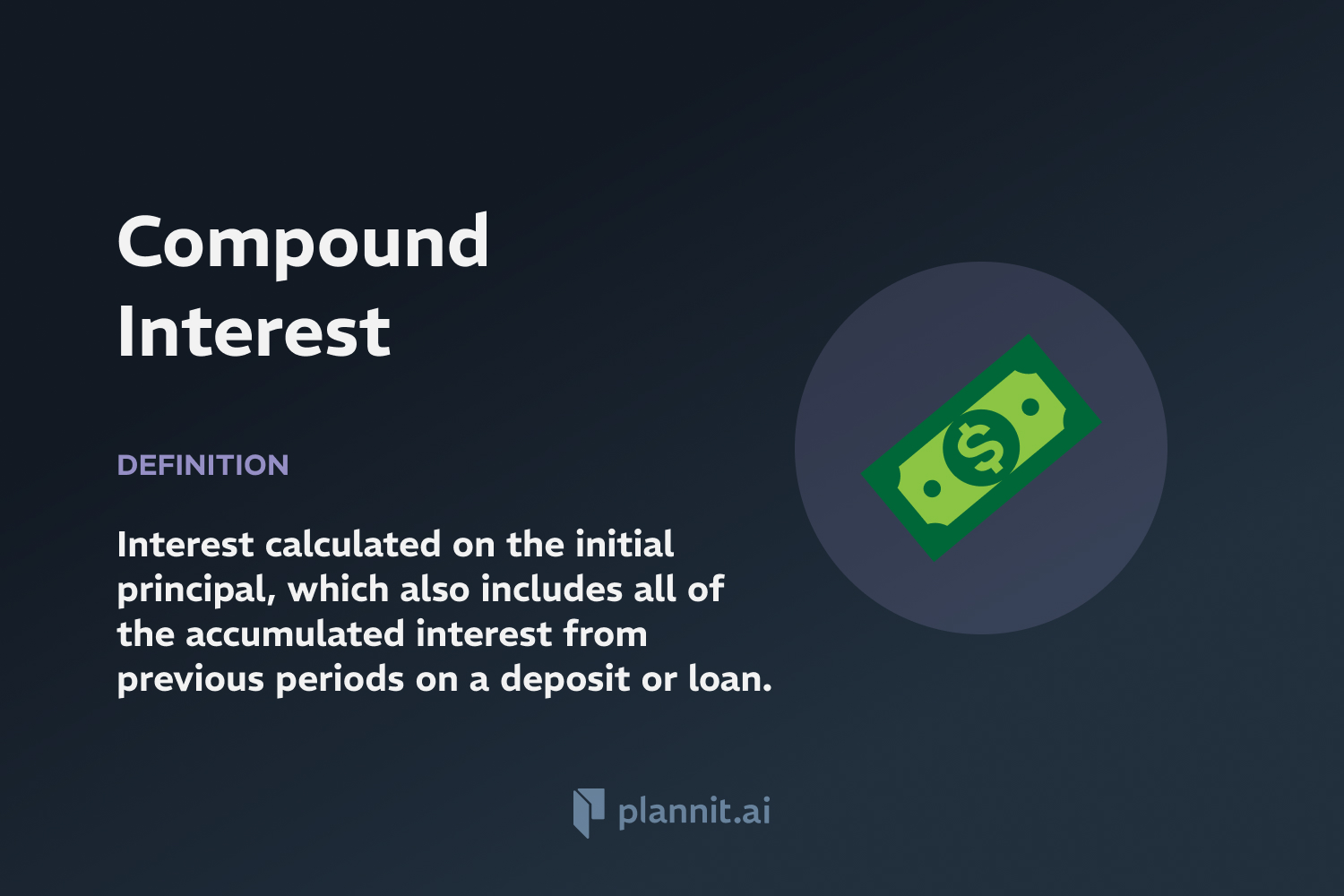Need Help With Your Business Plan?
Answer tailored questions and get a detailed business plan in minutes.
Customer Acquisition Cost (CAC): Definition & In-Depth Explanation

Definition:
Customer Acquisition Cost (CAC) refers to the cost associated with convincing a potential customer to buy a product or service. This metric is crucial for evaluating the effectiveness of marketing efforts and calculating the value of customers relative to cost.
Context of Use:
CAC is widely used in financial analysis, marketing strategy, and business modeling, particularly in industries where customer relationships directly correlate with company revenue, such as e-commerce, telecommunications, and subscription-based services.
Purpose:
The purpose of calculating CAC is to determine the total average cost spent on acquiring a new customer. This helps businesses understand the resources that are being spent in relation to the revenue these customers generate, enabling more informed budget allocation and marketing strategy adjustments.
Example:
Digital Marketing Campaign: An e-commerce store spends $10,000 on a digital advertising campaign and acquires 100 new customers; the CAC for this campaign would be $100 per customer.
Related Terms:
Lifetime Value (LTV): The total revenue a business expects from a single customer account throughout the business relationship.
Return on Investment (ROI): A performance measure used to evaluate the efficiency of an investment.
Marketing Mix: The set of actions, or tactics, that a company uses to promote its brand or product in the market.
FAQs:
1. How is CAC calculated?
A: CAC is calculated by dividing all the costs spent on acquiring more customers (including marketing and advertising expenses) by the number of customers acquired in the period those costs were incurred.
CAC = Total Acquisition Costs / Number of New Customers Acquired.
2. Why is it important to measure CAC?
A: Measuring CAC is crucial for any business to ensure that the cost of acquiring new customers is not exceeding the revenue those customers generate. Companies need to achieve a profitable balance between their spending on acquisition and the lifetime value of customers.
3. What factors can affect CAC?
A: Factors include the effectiveness of marketing campaigns, sales force efficiency, brand positioning, market competition, and overall economic conditions.
4. How can businesses reduce their CAC?
A: Businesses can reduce CAC by improving the efficiency of their marketing efforts, optimizing conversion rates, enhancing customer experience to increase referrals, and using more targeted customer acquisition strategies.
5. How does CAC relate to customer retention?
A: While CAC focuses on acquiring new customers, customer retention involves keeping existing customers. Lower CAC combined with high retention rates usually indicates a more profitable business model.
Having a hard time calculating your CAC, try out our free CAC calculator.
Get funding with a business plan that will impress investors.
Starting a New Business?



